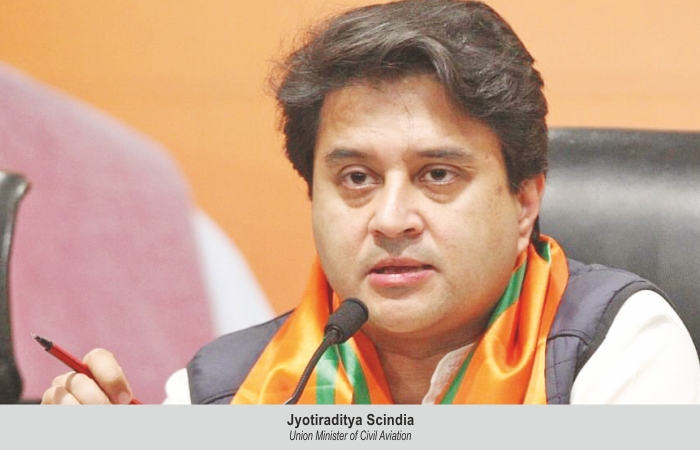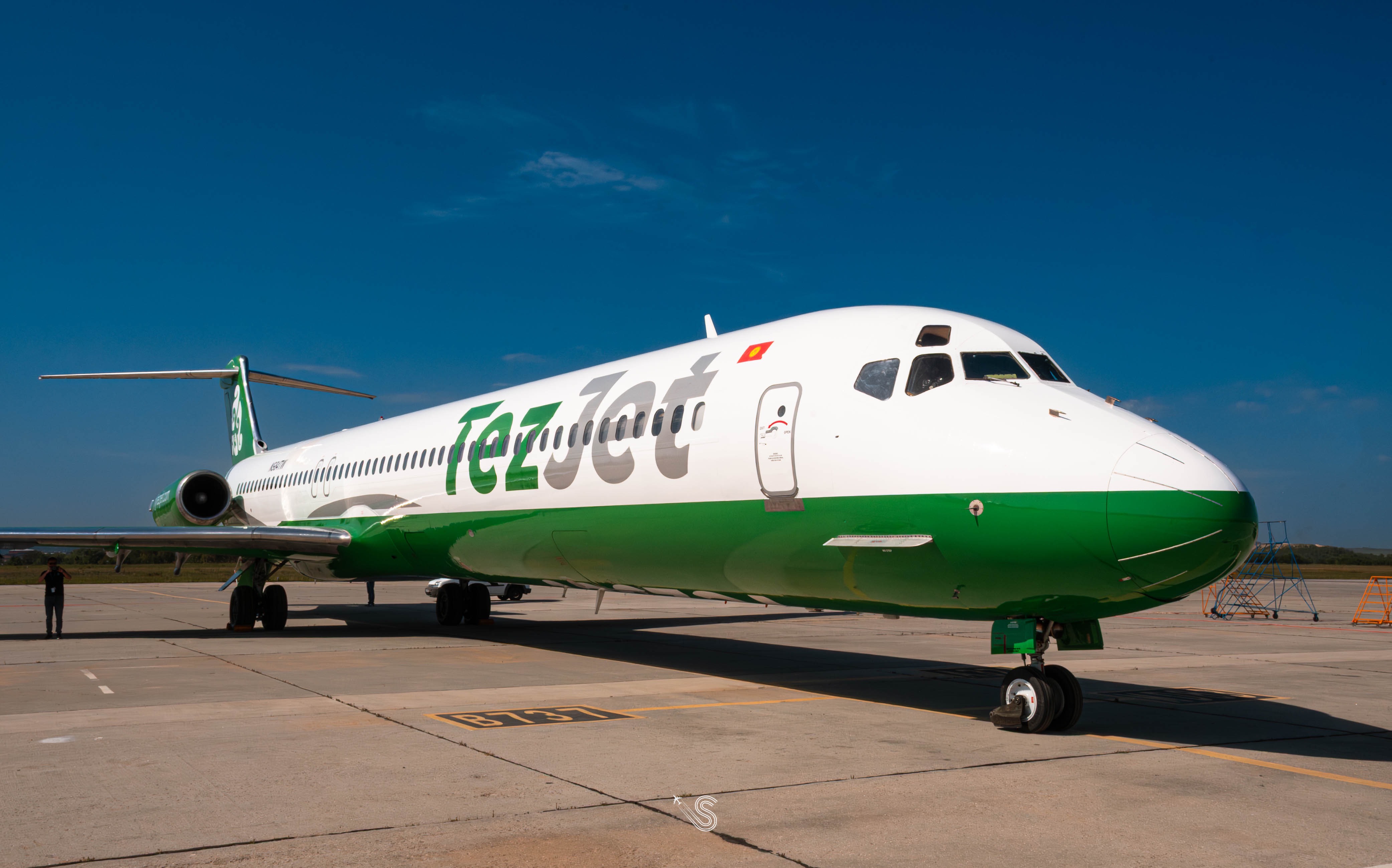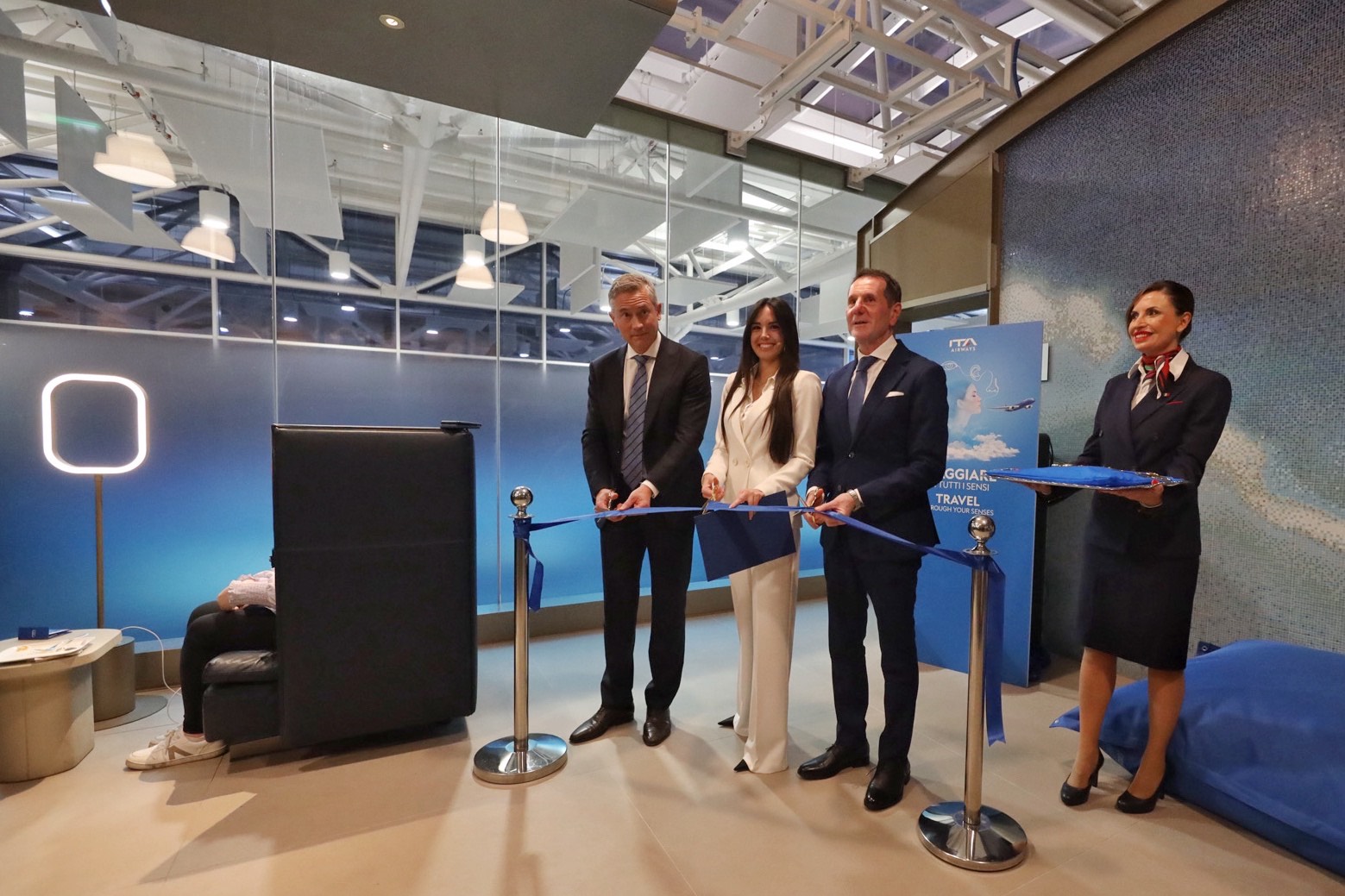Jyotiraditya Scindia, Union Minister of Civil Aviation, says that domestic airlines must work towards making India an international aviation hub, and urges them to induct more wide-bodied aircraft, take risk, face global volatility to keep the Indian flag flying in the international airspace.
Nisha Verma
Jyotiraditya Scindia, Union Minister of Civil Aviation, recently spoke at the curtain raiser event of Wings India 2024, which is scheduled to be held at Begumpet Airport, Hyderabad, from 18-21 January 2024.
Unprecedented growth
During his address, Scindia said that the government is giving special focus on creating capacity for the country’s fast-growing aviation market, by changing its role from a regulator to a facilitator. “The government has adopted a three-pronged strategy of creating capacities, removing bottlenecks and simplifying processes, that has helped the sector to leap from 74 airports to 148 airports in the past nine years. The number of airports, heliports, and waterdromes will go up to more than 200 in the next three to four years,” he added.
Speaking on the growing potential of the industry to become the world’s leading aviation market by 2047, he said, “As India sails on its journey from the Amrit Kaal to Shatabdi Kaal (2047), Indian aviation will also transform from being the third largest domestic market/ eighteenth largest international market/ seventh largest domestic and international market, to become the largest aviation market globally.”
International aviation hub
He emphasised on the government’s commitment to creating an international aviation hub in the country and said that many air services and open skies agreements inked between India and other countries would facilitate this growth target.
Speaking at another event recently, he again urged domestic airlines to help set up an international civil aviation hub in India and emphasised the need for having more wide-body planes to have point-to-point international services for passengers. “Margins are slim, revenues are slim, but airlines are comfortable competing on the domestic side because volatility is low. The minute you go to the international side, the revenues are high, but the volatility is much greater. I plead to the airlines to take the risk, face volatility because India’s flag must fly in the international airspace. For that, we need wide-body aircraft, we need to be able to go point-to-point as opposed to the circuitous route that all our passengers are made to follow,” Scindia said. “It is important for us to expand our international footprint as much as we are expanding our domestic footprint. It is important that the Indian flag is planted internationally through our carriers as well. If we have to do that, then we have to get many more wide-body aircraft,” he added.
MoCA is already working with Delhi Airport, IndiGo and Air India to make the airport an international civil aviation hub.
 TravTalk India Online Magazine
TravTalk India Online Magazine





